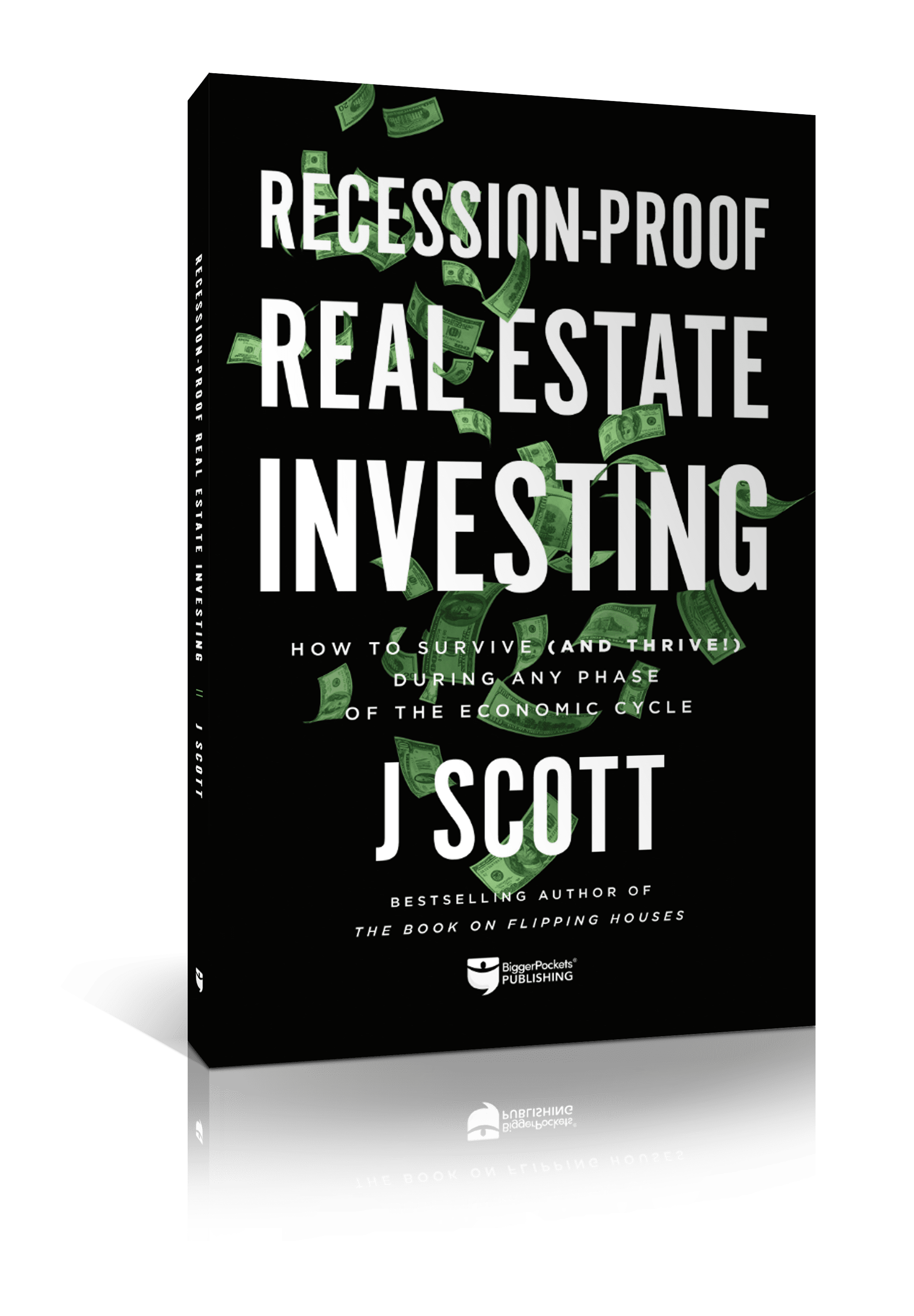Understanding and applying these three sentences could make you wealthy:
“In bad times, securities can often be bought for prices that understate their merits. And in good times, securities can be sold at prices that overstate their potential. And yet, most people are impelled to buy euphorically when the cycle drives prices up and to sell in panic when it drives prices down.” – Howard Marks (2013 Memo “Ditto”)
I’m excited to share some thoughts about fear and greed. But I’ll start by sharing a few comments on the current economy to set the stage.
Not long ago, I opened my computer to a startling CRE email subject line:
“Prices Plummet to 2010 Levels”
It was a great attention-grabber but was inaccurate. The publication went on to say that the sharpness of the decline in CRE values (not the prices) had not been seen since the Great Recession, which is still disconcerting. (Note that the headline was changed at some point since the original publication.)
But it makes sense since we witnessed a decade of ever-rising asset prices fueled by low interest rates, skyrocketing attention from a whole new community of CRE investors, and irrational demand from a host of Newrus (new gurus running syndications, mainly in the multifamily arena).
The value decline was indeed significant, reported at 28% year-over-year.
“Yikes! Isn’t that alarming?” you may ask.
It is quite alarming for many syndicators and investors. But we find it not at all surprising. And we see a potential opportunity on the horizon.
How Did This Sharp Decline Take Place?
It is a simple matter of math. It is based on decompression in cap rates resulting from the series of 2022 interest rate hikes. As a reminder, here is the value formula for commercial real estate:
Value = Net Operating Income / Cap Rate
As you can see, and as most of you know, the value is directly proportional to the income (which operators have some control over) and inversely proportional to the capitalization rate (the market—which operators have virtually no control over).
The interest rate directly influences the cap rate. While interest payments are not part of the calculation of net operating income (NOI), interest directly affects net cash flow to the investor and, thus, the value the investor places on the asset. Other factors impacting the cap rate include the availability of debt and the desires of the buyer pool (i.e., competition to acquire these assets).
Currently, these factors are all trending to raise the cap rate, thus lowering commercial real estate values.
But another issue is at play here: the cap rate’s recent starting point. Back in “the good ole days” of 10% cap rates, a 1% increase to 11% (with no NOI change) would decrease the asset value by about 10% (1% / 10% = 10%). (I say “about” because some subjectivity is involved in the actual value.)
No longer.
In these recent days of 4% cap rates, a 1% increase could decrease the value by about 25% (1% / 4%). With interest rates rising by a few points, it isn’t surprising that we have seen cap rates expand by over 1%. And thus, it is entirely possible to see property value decreases of 28% or more.
Ten Thoughts for Your Consideration
Cap rates are on the rise. Commercial property values are falling. Here are 10 resulting thoughts for your consideration.
- Cap rate moves usually lag interest rates and other economic factors, so we expect these value declines to continue. Further interest rate hikes will compound the descent.
- This average decline includes malls, hotels, and other asset types that may have adversely impacted the average, so not all asset types, and certainly not all individual assets, are impacted equally.
- Flattened rents in 2023 will make matters worse for most since syndicators are desperate to proportionately escalate NOI (the numerator) to offset burgeoning cap rates (the denominator) to maintain their asset values.
- This environment is a case for acquiring value-add assets from mom-and-pop sellers. We are investing with an operating partner to acquire a self-storage asset in a location we are very excited about (market rent of $148 for a 10’ by 10’ unit) with current rates at about 60% below market ($60 per unit). This asset is part of our Wellings Real Estate Income Fund.
- This environment is also a case for fixed-rate debt. Many syndicators/investors with floating-rate debt are in a world of trouble right now. Many will lose their assets to the bank or a bargain buyer and watch their investors’ equity go up in smoke. Many are already cutting distributions to fund new reserve requirements mandated by their loan agreements.
- In perhaps the worst timing imaginable, multifamily syndicators are not only enduring rising debt costs and flattening rents but dramatically higher operating expenses. Some of this ties to inflation, but for many, skyrocketing insurance costs and property taxes are hamstringing cash flow. Some Texas and Florida apartment operators have seen insurance double or triple.
- This environment is a case for long-term holds. Syndicators with debt needing refinancing or equity investors expecting to get out on short order may be forced to sell at an inopportune time for a discount or refinance with lower LTV and higher rate debt. The latter could lead to slashed distributions (we’re seeing this weekly now), capital calls, or worse.
- This is a case for preferred equity. Warren Buffett made a calculated $5 billion investment in Goldman Sachs in September 2008, when other investors were running for the hills. His investors scored big. Following Warren’s example, my firm is now pursuing several preferred equity opportunities.
- This is a case for short-term, high-interest debt (wait…what?). Not as a borrower but as a lender. We recently made a substantial investment in private debt. This hedge provides us with cash flow for now and the flexibility to exit into distressed (or other) equity deals when they occur. We believe this will happen within a year or less.
- Speaking of distress, this whole situation is not something for you to get distressed about. This is a normal aspect of a normal cycle. Those who anticipated it should be less affected by the negatives and ready to capitalize on the positives (opportunities for preferred equity and to acquire distressed assets).
Conclusion
A lot of wealth is being destroyed in this time of fear and uncertainty. History tells us that a lot of wealth will also be created. Greed is often the enemy of wealth creation during good times. And fear is certainly the enemy of wealth creation in times like this.
Warren Buffett, Howard Marks, and other great investors have taught us this: our ability to avoid giving in to fight or flight, to fear and greed, is the cornerstone of investing success.
As an entrepreneur in decades past, I tried to get the same thrill from investing that I got from starting a company. That didn’t go well. Investing should be like watching paint dry or watching grass grow. Thrill seekers should not apply.
I was in the Alaskan wilderness last summer and found myself continually rehearsing what I would do if the nearby mama brown bear came after me. This was appropriate fear, aka caution.

You’ll notice I wasn’t in this photo. I took it from behind the safety of our cabin’s sliding door.
But fear has no place in good investing.
Controlling our fear is perhaps the number one step for successful investing in this environment. We should recall that not everything is scary, even if it feels that way. There are good deals and bad ones, just like in good times. Harnessing your fear will allow you to find good deals, some that are only available in times like this, and potentially create significant wealth in the process.
My firm is practicing the same level of “fear,” aka caution, now that we practiced in good times. We do this for our investors, and we are quite happy with the results we are achieving.
Lastly, it’s time to practice patience. I was deep in residential real estate investing during the Great Recession. Though we commonly refer to it as “2008,” recall that there was actually a long timespan from the peak (mid-2007) to the trough (early 2012).
We take no joy in the failures of other players. But we expect and are preparing to acquire distressed assets at prices we couldn’t dream of in this past decade.
Are you?
Prepare for a market shift
Modify your investing tactics—not only to survive an economic downturn, but to also thrive! Take any recession in stride and never be intimidated by a market shift again with Recession-Proof Real Estate Investing.
Note By BiggerPockets: These are opinions written by the author and do not necessarily represent the opinions of BiggerPockets.

